
Five alternative places to see Northern Lights and Southern Lights
Most people go to Scandinavia or Alaska to see the dancing green lights of the aurora borealis – but there are plenty of other places in or just below the Arctic Circle to go. The Southern Lights may require a cruise
Seeing the Northern Lights, or aurora borealis, is justifiably high on many travellers’ bucket lists. The chance to see radiant shimmering green (and occasionally red, blue and yellow) lights in the night sky is enough to send tourists rushing to the planet’s far north.
The standard advice is to head to an area between 64 degrees and 70 degrees north latitude – the Arctic Circle – to maximise your chances of seeing them, although the auroral oval – which hangs over the dark side of the planet at night – often reaches farther south.
Seven must-have pieces of gear for your next freezing adventure
It is best to travel north between September and April when the nights are long, and to avoid full moons, bright city light and street lights.
That need to be within the Arctic Circle, or close to it, means those seeking the Northern Lights must visit one of the six Arctic nations – Canada, Finland, Iceland, Norway, Russia and Sweden – the autonomous Danish territory of Greenland or the American state of Alaska. With this much choice, why does everyone go to Alaska or Scandinavia?
Although they are less talked about, the Southern Lights, or aurora australis, are also worth considering. They occur in the Antarctic Circle and are best viewed between March and September, the southern hemisphere’s winter.
These are five of the best places to view the Northern and Southern Lights.
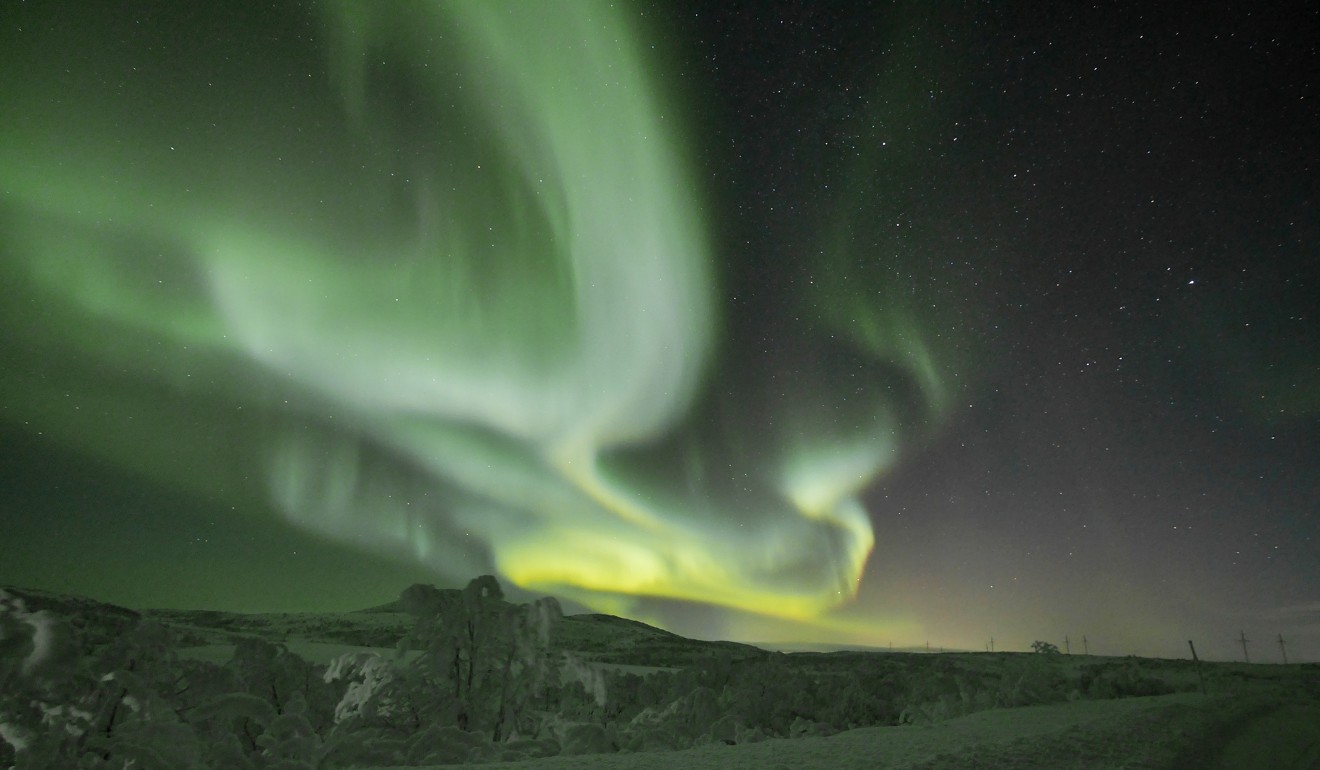
1. Murmansk, Russia
Few go to Russia to see the Northern Lights, but the city of Murmansk on the Kola Peninsula in Russia’s northwest is at almost the same latitude – 69 degrees north – as Tromsø in next-door Norway.
On the Barents Sea coast, and surrounded by vast spruce, pine and birch forests and fells, it is not vastly different to Finnish Lapland, to which it is close; you’ll find the same indigenous Sami people – reindeer herders with Husky sledge dogs – in Murmansk as in northern Scandinavia.
You can have a go at driving a dog sledge in Kirovsk in the Khibiny Mountains, which also offer skiing and snowmobile safaris.
Getting there: Aeroflot flies to Murmansk from Moscow’s Sheremetyevo International Airport. The same airline operates direct flights between Hong Kong and Moscow.
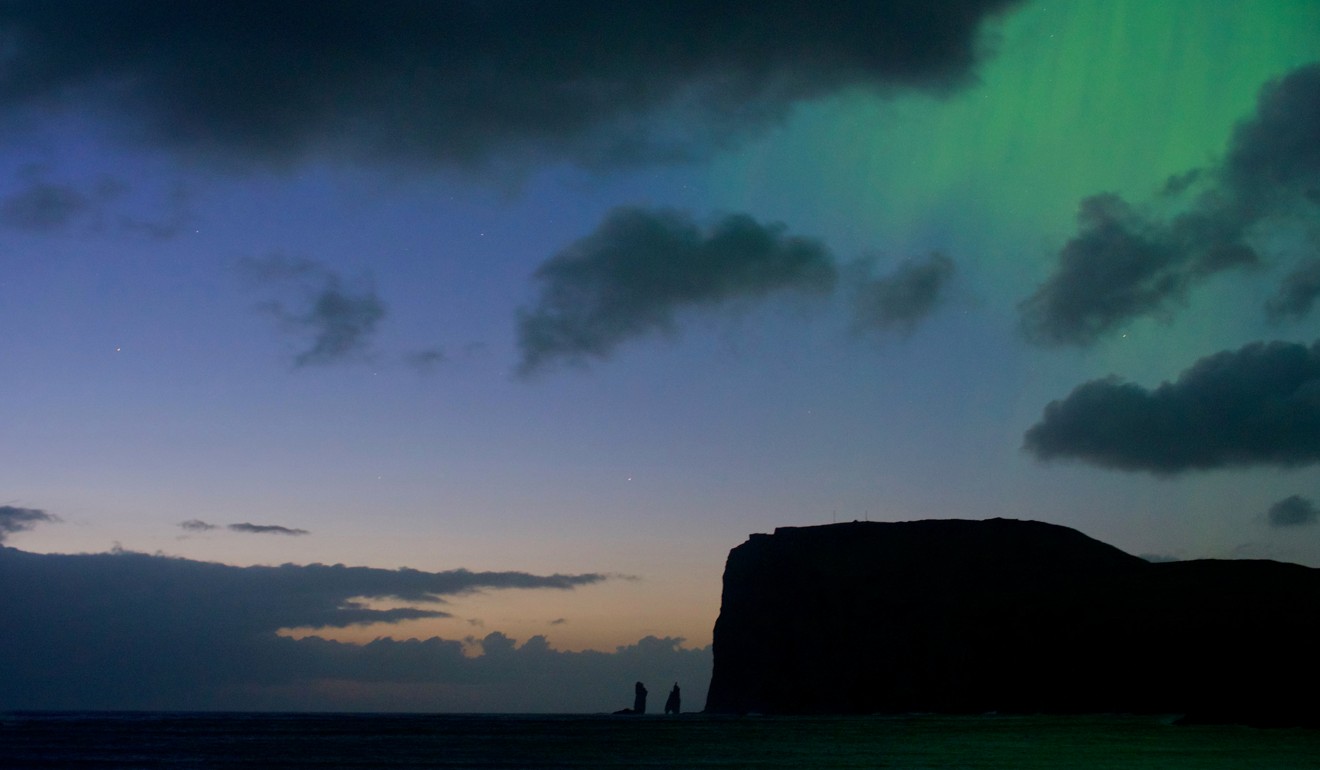
2 Faroe Islands
How about watching the Northern Lights at your leisure from one of Europe’s least known natural wonderlands? Scattered in the North Atlantic Ocean between Scotland and Iceland, the 18 islands that make up the Faroe Islands are at around 62 degrees north, just below the Arctic Circle.
You’re just as likely to experience storm clouds as you are a magnetic storm, but that is the case all across the aurora zone. Base yourself in Tórshavn, the islands’ capital and their largest town, and you can rent a car and drive the quiet roads that run across, around and between most of the islands thanks to bridges, ferries and undersea tunnels.
Faroe Islands: the stunning Nordic land is not for the faint-hearted
In a land of fewer than 50,000 people and 70,000 sheep, activities include birdwatching at Vestmanna Cliffs or on Mykines island – both home to puffin colonies – and hiking between mountains and fiords. Photographers will adore Múlafossur waterfall at Gásadalur, which tips into the ocean 30 metres (100 feet) below, and the typical Faroese houses, roofed with green turf, in villages such as Saksun and Gjogv.
Getting there: Atlantic Airways flies from Sorvagur to destinations including Copenhagen, Edinburgh and Barcelona. Airlines including Air France/KLM, Aeroflot and Qatar Airways fly between Hong Kong and Copenhagen.
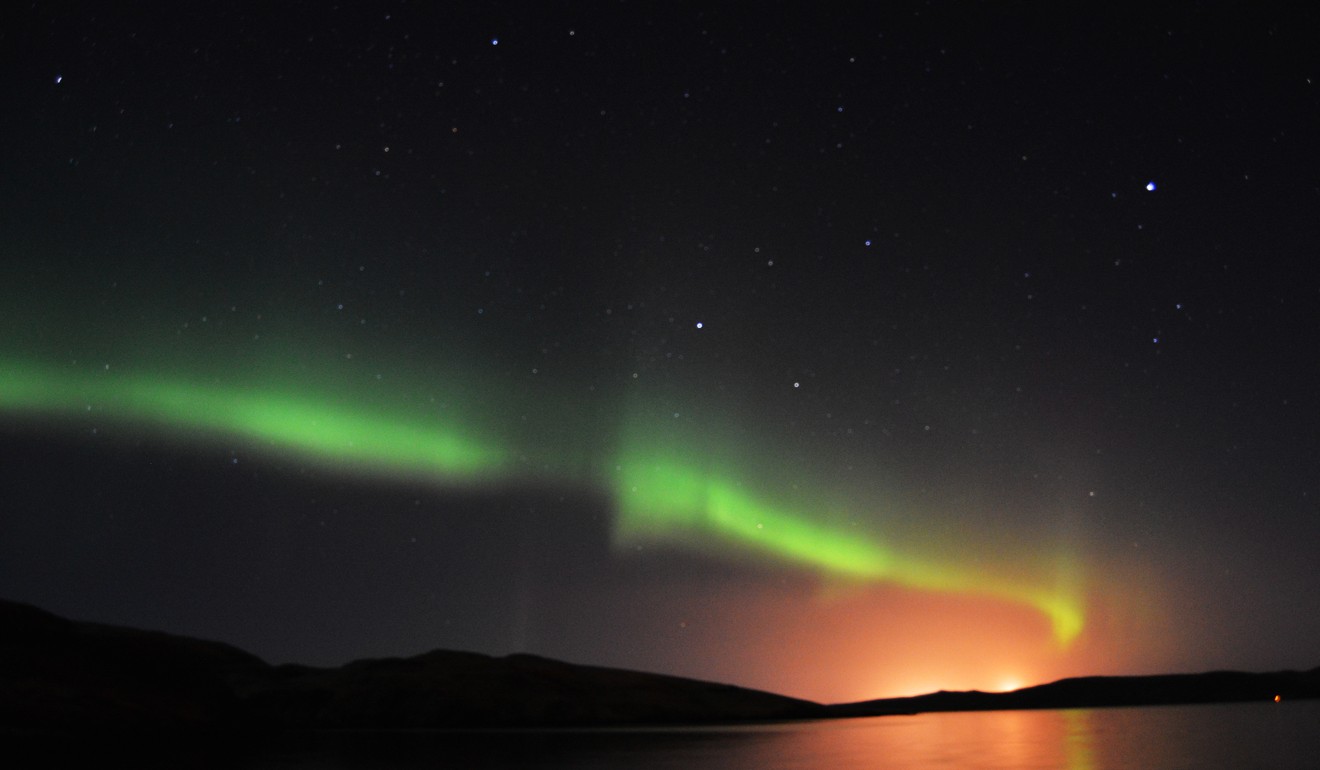
3 The Northern Isles, Scotland
Orkney and Shetland off the north coast of Scotland are the best places in the UK to experience what islanders call the “merrie dancers”. At 59 degrees and 60.5 degrees north respectively, these island groups also have truly dark night skies. In Orkney it is tempting to observe them from one of its ancient sites, such as the Ring of Brodgar stone circle, or from the north-facing Brough of Birsay, an island off the northwest coast of the main island. In the Shetland Islands, it is only necessary to avoid the bright lights of Lerwick, the main town.
Other than Shetland or Orkney, other locations in Scotland that offer views of the Northern Lights when they are particularly bright include Caithness on the north coast of the mainland, the Isle of Harris in the Outer Hebrides, and Lochalsh and the Isle of Skye in the Inner Hebrides.
Getting there: LoganAir flies from Kirkwall in Orkney to Scottish mainland airports including Glasgow, and from Sumburgh in Shetland to airports including Glasgow and Edinburgh. Airlines including KLM and British Airways fly between Hong Kong and Glasgow.

4 Svalbard, between Norway and the North Pole
In remote, snowy Svalbard, a Norwegian archipelago of arctic tundra at 78 degrees north, the polar lights are guarded by polar bears. That means you cannot (by law) just walk unarmed into the wilderness at night to view the Northern Lights, which is a shame, because Longyearbyen in Spitsbergen – the world's northernmost town – is brightly lit.
If you can get yourself onto a guided, well-guarded tour into Svalbard's back country, there is a decent chance of seeing the phenomenon (and because of Svalbard’s latitude the aurora borealis tends to appear in the southern sky).
Journey to the north: experience the Arctic on a small sailing ship
Go in December, when the winter sun does not rise above the horizon – a phenomenon worth experiencing in itself – and you can see the Northern Lights at any time. Diversions include Snowcat adventures, dog sledding, snowshoeing and ice cave tours.
Getting there: Norwegian Air flies between Oslo and Longyearbyen. Aeroflot, via Moscow, and Thai Airways, via Bangkok, fly between Hong Kong and Oslo.
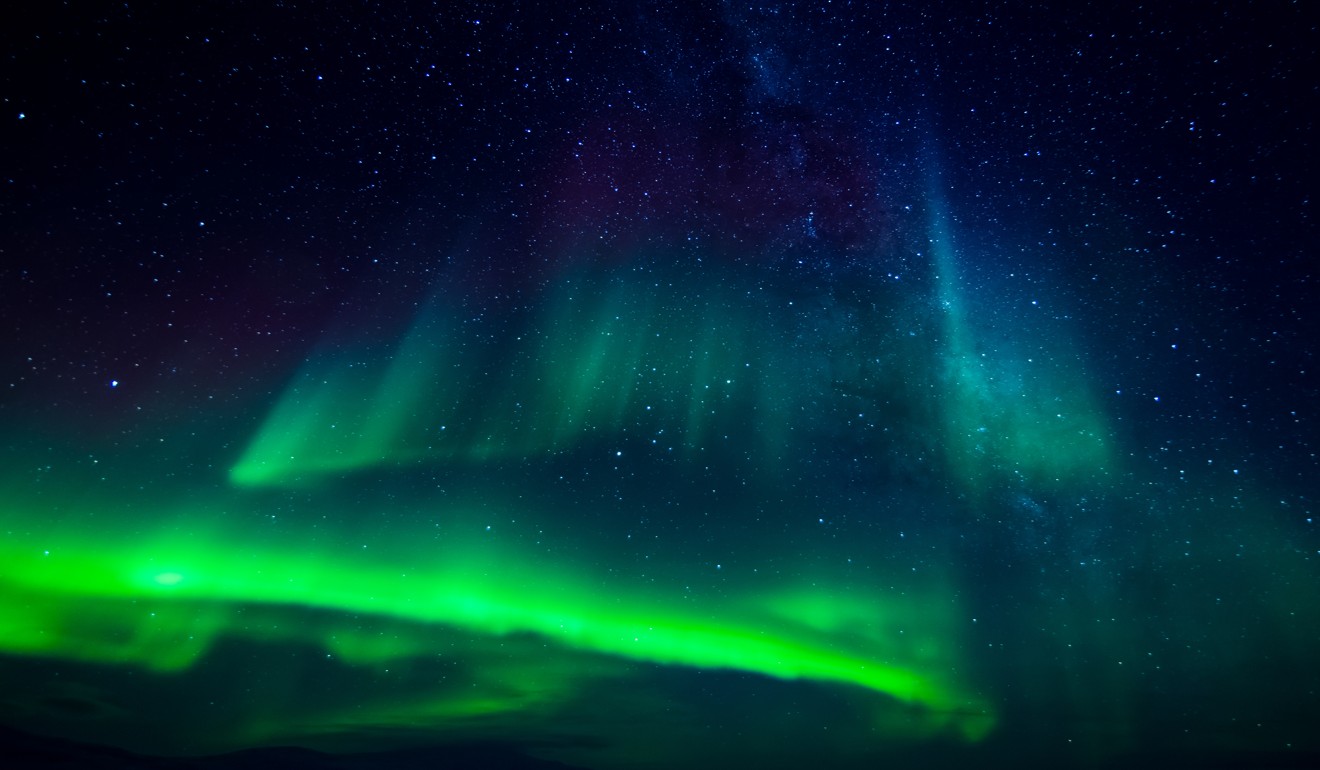
5 South Georgia Islands, Antarctica
Although the Southern Lights are just as impressive as the northern lights – they're a virtual mirror image – they are also a victim of geography; there is far less land in the southern aurora zone.
This makes the remote, rugged and mountainous South Georgia Island, a British Overseas Territory and one of the most southerly land masses, one of the very few places you can see the Southern Lights. Cruise ships tend to come to this ‘”gateway to Antarctica” only in the southern hemisphere's summer months (December to March), so it is best to wait until as late as possible in the season if you want to maximise your chances of seeing any geomagnetic activity.
Silversea’s Ultimate Antarctic Experience a ‘once-in-a-lifetime’ trip
March is also peak season for spotting killer whales, sperm whales and humpback whales. Other places from which to glimpse the Southern Lights include the Falkland Islands, Dunedin in New Zealand and Tasmania in Australia.
Getting there: cruises to South Georgia depart from Ushuaia, Argentina. Emirates flies to Buenos Aires from Hong Kong via Dubai. Aerolineas Argentinas flies between Buenos Aires and Ushuaia.
How to see the aurora
Good timing, patience and luck are the three things you need to successfully see the Northern or Southern Lights. Go at the right time of year and you can almost guarantee that there is auroral activity in the skies after dark. However, it is important to have realistic expectations because cloud cover is common.
Even when it is clear you have as much chance of seeing just a greenish glow in the sky as you have a raging geomagnetic storm right above your head. Either way, it is sensible to stay in rural accommodation where you can regularly check the skies (or consult the Space Weather Prediction Centre at swpc.noaa.gov) for aurora, to avoid having to stand outside all night in sub-zero temperatures.
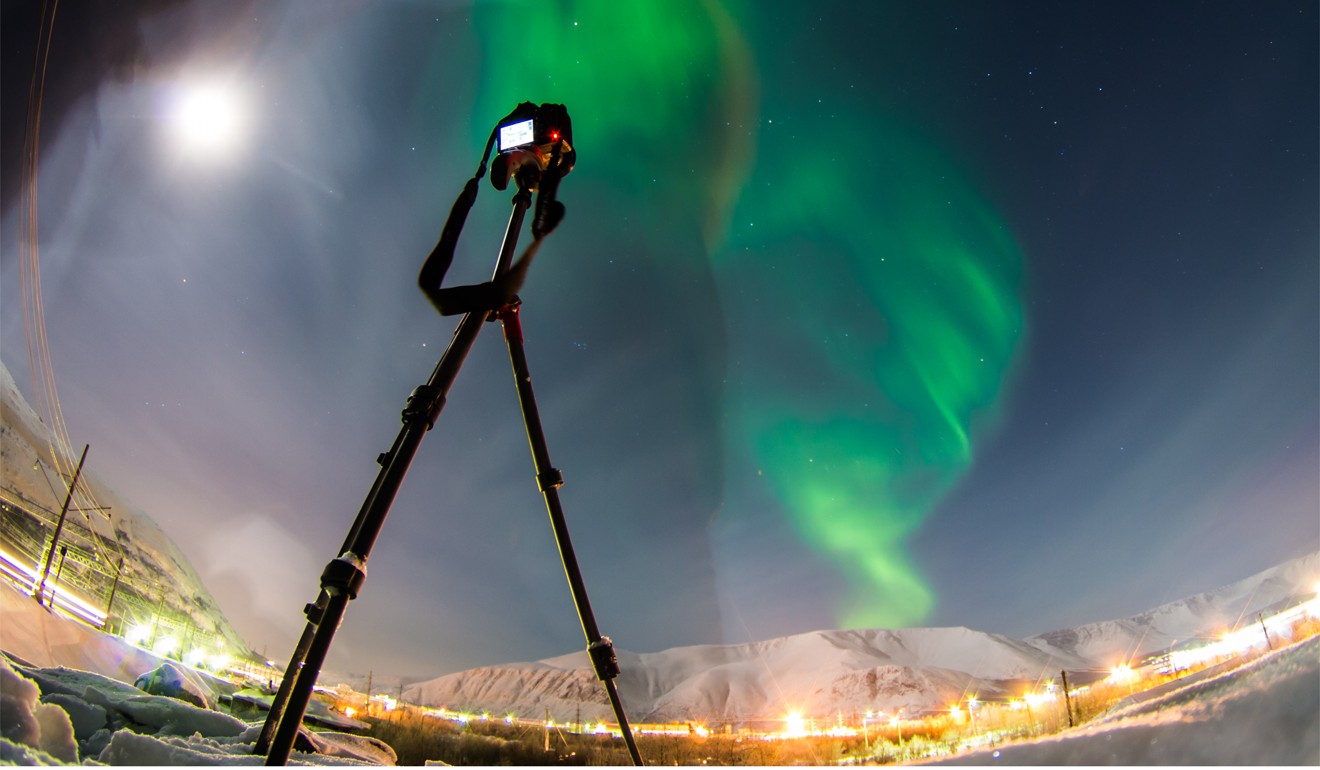
How to photograph the aurora
It’s relatively simple to photograph the aurora, but you absolutely must have two things: a camera with manual settings and a tripod. Smartphone cameras are not sensitive enough and will usually shut down in freezing temperatures.
Set the ISO to about 1600 – or as low as you can with a correct exposure – your focus to infinity, the aperture to as wide as your lens allows (a low f-stop), and experiment with shutter speeds of 15 to 30 seconds. You’ll be amazed at what your camera can pick up even if you can only see a slight greenish haze on the horizon.

